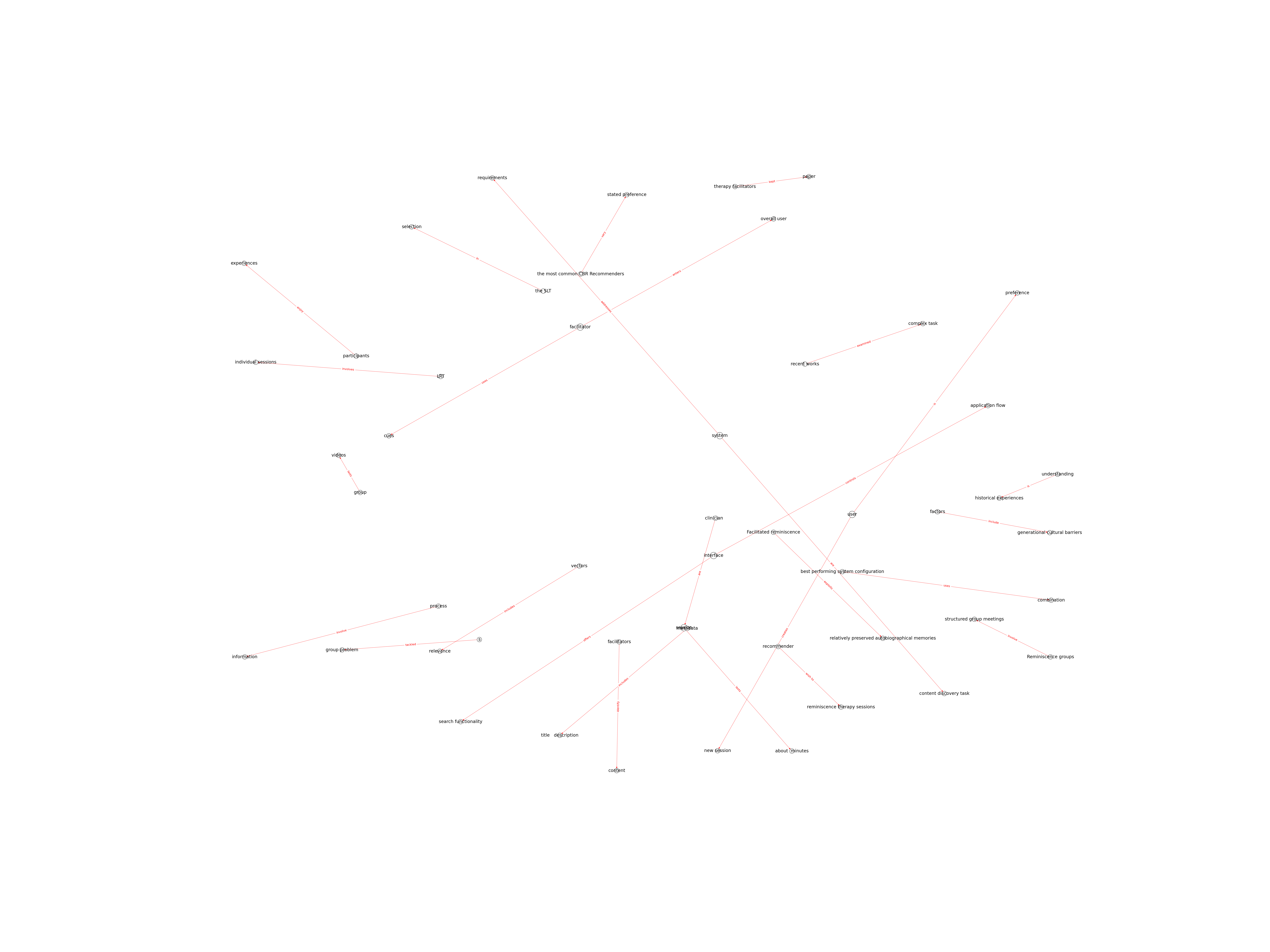| Id | 695 | |
| Author | Bermingham A., ORourke J., Gurrin C., Collins R., Irving K., Smeaton A.F. | |
| Title | Automatically recommending multimedia content for use in group reminiscence therap | |
| Reference | Bermingham A., ORourke J., Gurrin C., Collins R., Irving K., Smeaton A.F.; Automatically recommending multimedia content for use in group reminiscence therap ;MIIRH 2013 - Proceedings of the 1st ACM International Workshop on Multimedia Indexing and Information Retrieval for Heathcare, Co-located with ACM Multimedia 2013 vol: issue: page:49.0 |
|
| Keywords | healthcare; information retrieval; multimedia; recommender systems; reminiscence therapy; search; usability |
|
| Link to article | https://www.scopus.com/inward/record.uri?eid=2-s2.0-84887189046&doi=10.1145%2f2505323.2505333&partnerID=40&md5=82730de1f23525bb5a7f5a684ed97a3e |
|
| Abstract | This paper presents and evaluates a novel approach for automatically recommending multimedia content for use in group reminiscence therapy for people with Alzheimers and other dementias. In recent years recommender systems have seen popularity in providing a personalised experience in information discovery tasks. This personalisation approach is naturally suited to tasks in healthcare, such as reminiscence therapy, where there has been a trend towards an increased emphasis on person-centred care. Building on recent work which has shown benefits to reminiscence therapy in a group setting, we develop and evaluate a system, REMPAD, which profiles people with Alzheimers and other dementias, and provides multimedia content tailored to a given group context. In this paper we present our system and approach, and report on a user trial in residential care settings. In our evaluation we examine the potential to use early-aggregation and late-aggregation of group member preferences using case-based reasoning combined with a content-based method. We evaluate with respect to accuracy, utility and perceived usefulness. The results overall are positive and we find that our best-performing approach uses early aggregation CBR combined with a content-based method. Also, under different evaluation criteria, we note different performances, with certain configurations of our approach providing better accuracy and others providing better utility. © 2013 ACM. |
|
| Metodology | ||
| Technique |

Note: Due to lack of computing power, results have been previously created and saved in database


